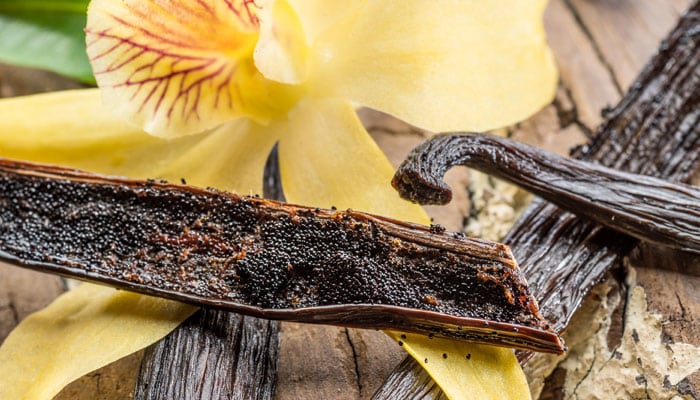
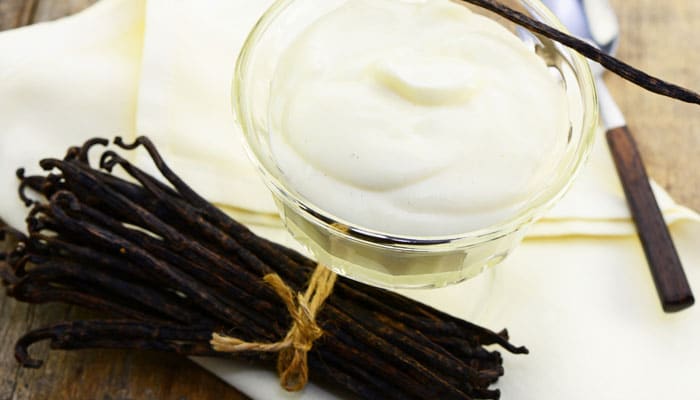
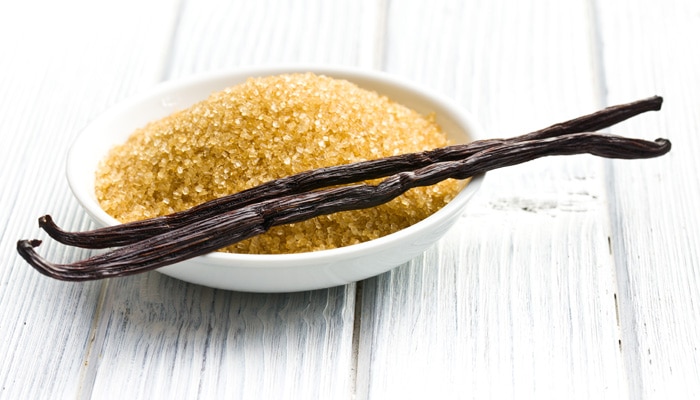
Vanilla, a highly coveted spice and subject to fraud
Vanilla is the most consumed spice in the world. It comes from the fruit of different species of orchids, the best known of which is Vanilla planifolia. Its production is localized in hot and humid geographical areas, generally close to the tropics. The main producing countries are Madagascar, Indonesia. In France, the production areas are in the DOM-TOMs (Guadeloupe, Martinique, Polynesia, Reunion).
Vanilla is commonly used as an additive in consumer products. Note a difference between extracts (natural vanilla origin) and flavors which can be of natural or chemical origin. As an aromatic plant, the composition of the vanilla pod sold in shops is very rich in aroma, and in particular in vanillin. It is very easy to synthesize vanillin which is then called synthetic
Like most spices, vanilla is a product with high added value, which can generate fraud or adulteration of so-called products of natural origin.
A study by the DGCCRF conducted in 2019 aimed at controlling the labeling of vanilla products reveals that 23% of controlled products are not compliant (replacement of vanilla products by of inferior quality, intensification of the taste, smell and appearance of vanilla by dipping the pods in a vanilla-flavoured aroma, reproduction of the vanilla flavor by adding vanillin derived from biotechnology in a significant proportion compared to vanillin from vanilla pods).
Which products are affected?


Vanilla pod
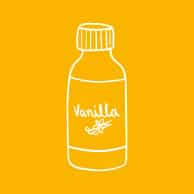
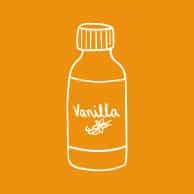
Aroma
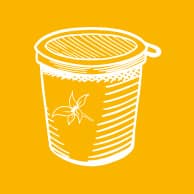
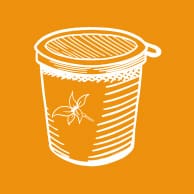
Dairy products

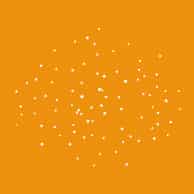
Sugar
Regulations
According to Regulation (EC) No 178/2002 on the safety of foodstuffs, Chapter II Section I Article 8: “Food law aims to protect the interests of consumers and provides them with a basis for making informed choices causes the food they eat. It aims to prevent: fraudulent or misleading practices; falsification of foodstuffs and any other practice that may mislead the consumer. »
According to Regulation (EU) 1169/2011 on food information to consumers, Chapter III Article 7 on fair practices in consumer information: "Food information does not induce mistaken, in particular: on the characteristics of the foodstuff and, in particular, on the nature, identity, qualities, composition, quantity, durability, country of origin or place of provenance, method manufacturing or obtaining this commodity”.
The ISO 5665-1 standard also sets specifications for vanilla pods, particularly regarding the vanillin content. On the other hand, an internal note from the DGCCRF n°2003-61, now repealed, gave guide values for the composition of vanilla:
- Vanillin/ Aldhéyde PHB: from 10 to 20
- Vanillic acid / Aldehyde PHB: from 0.53 to 1.5
- Acid PHB / Aldehyde PHB: from 0.15 to 0.35
- Vanillin / Vanillic acid: from 12 to 29
- Vanillin / Acid PHB: from 40 to 110
The Phytocontrol solution
Phytocontrol, specialist in authenticity in foodstuffs, supports you in controlling the naturalness and composition of vanilla using modern and reliable methods.
-
Determination of the isotopic ratio of carbon 13C/12C of vanillin by GC-IRMS makes it possible to provide information on adulteration.
Analysis of the other constituents of vanilla (aldehyde PHB, acid PHB, vanillic acid) indicates whether all the compounds naturally present in vanilla have been identified and quantified to expected values.
Why choose Phytocontrol
Phytocontrol is a technological and human project that meets the societal challenges of water and food safety with proximity, expertise, reactivity and reliability. The Laboratory provides you with the most reliable, innovative and eco-responsible solutions to guarantee you the best European expertise. A step ahead in technology, Phytocontrol develops its own Information System via a latest-generation Datacenter and innovates with its own system for tracking the sample's progress. Anticipation is Phytocontrol's credo and it is its intention to stay ahead!
Proximity
Our local agencies ensure an active technical and logistic follow up
Expertise
A European expert in testing for contaminants
Responsiveness
Your routine analyses results within 2 to 6 days
Reliability
Our studies are carried out with a view to providing you with the greatest reliability of analysis

